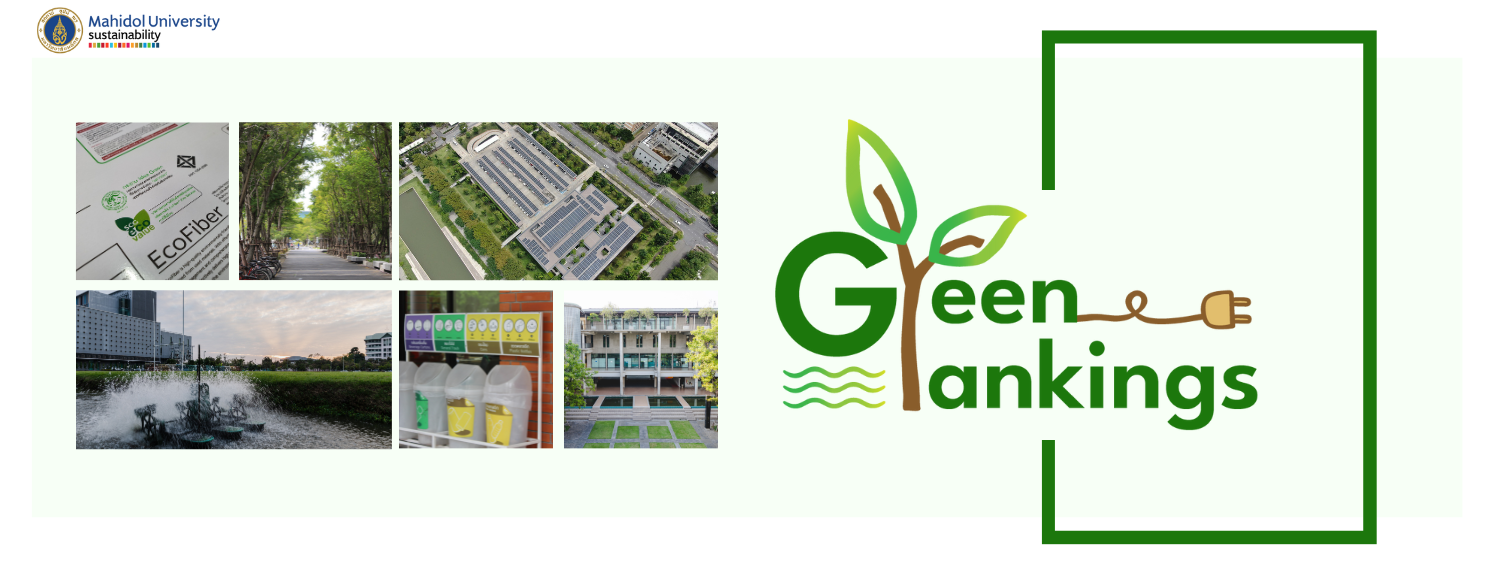MU Green Rankings is the tool for assessment of environmental and sustainability performance of faculties or departments in Mahidol University
MU Green Rankings
According to Mahidol University Strategic Plan 2020-2023, the university's vision is to strive to be ranked in the top 1-100 of the world's best universities in 2030. The 4th strategy is Management for Self-Sufficiency and Sustainable Organization which aims at sustainable management to become the Eco University. Therefore, the MU Green Rankings has been established to assess the environmental and sustainability performance of faculties or departments, that ranking result can be used to set policies and plans of the faculty operation. The ranking encourages faculties or departments to optimize resources utilization, and driving to be a sustainable eco-university. The environmental and sustainability performance considers data from the MU-Ecodata system in each fiscal year, then the data will be assessed according to guidebook of MU Green Ranking 2021 which has indicators and score levels as follows.

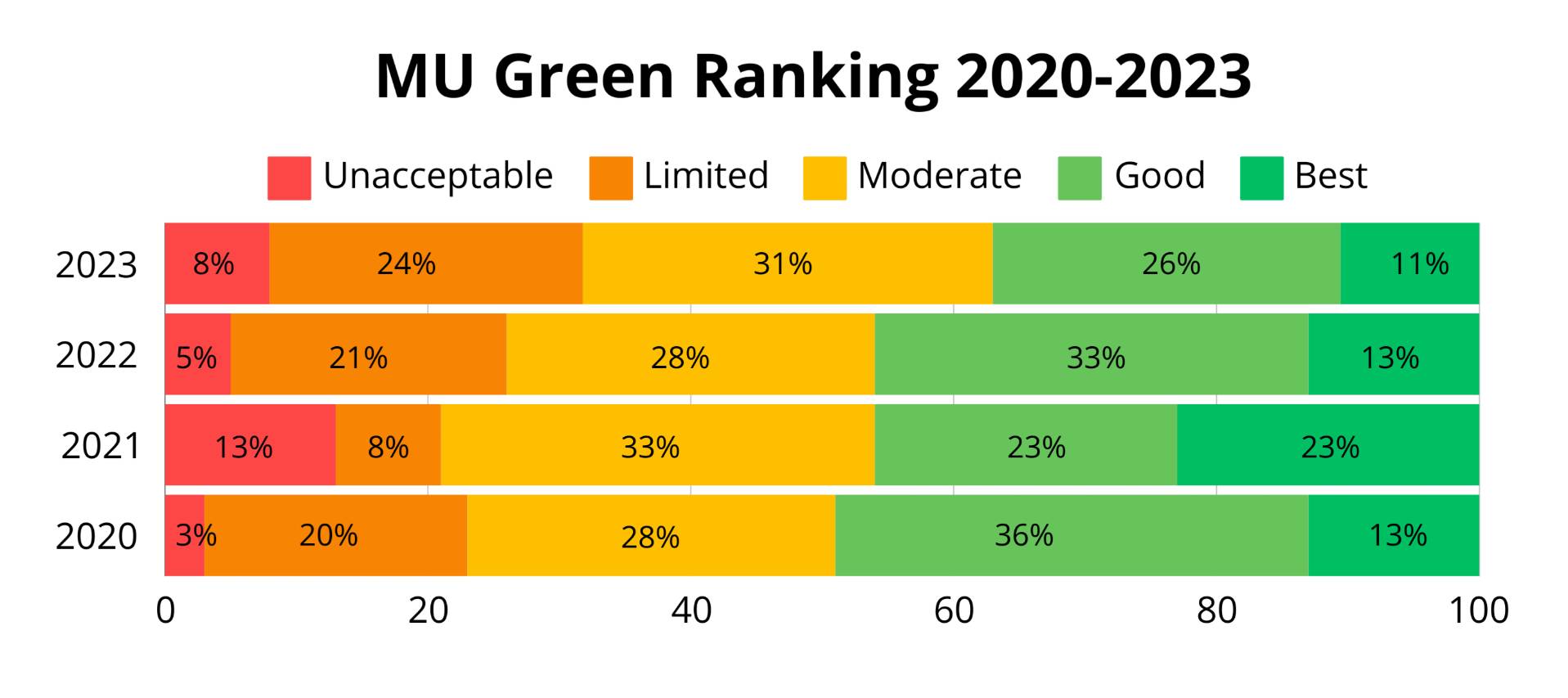
Details of all 7 indicator categories
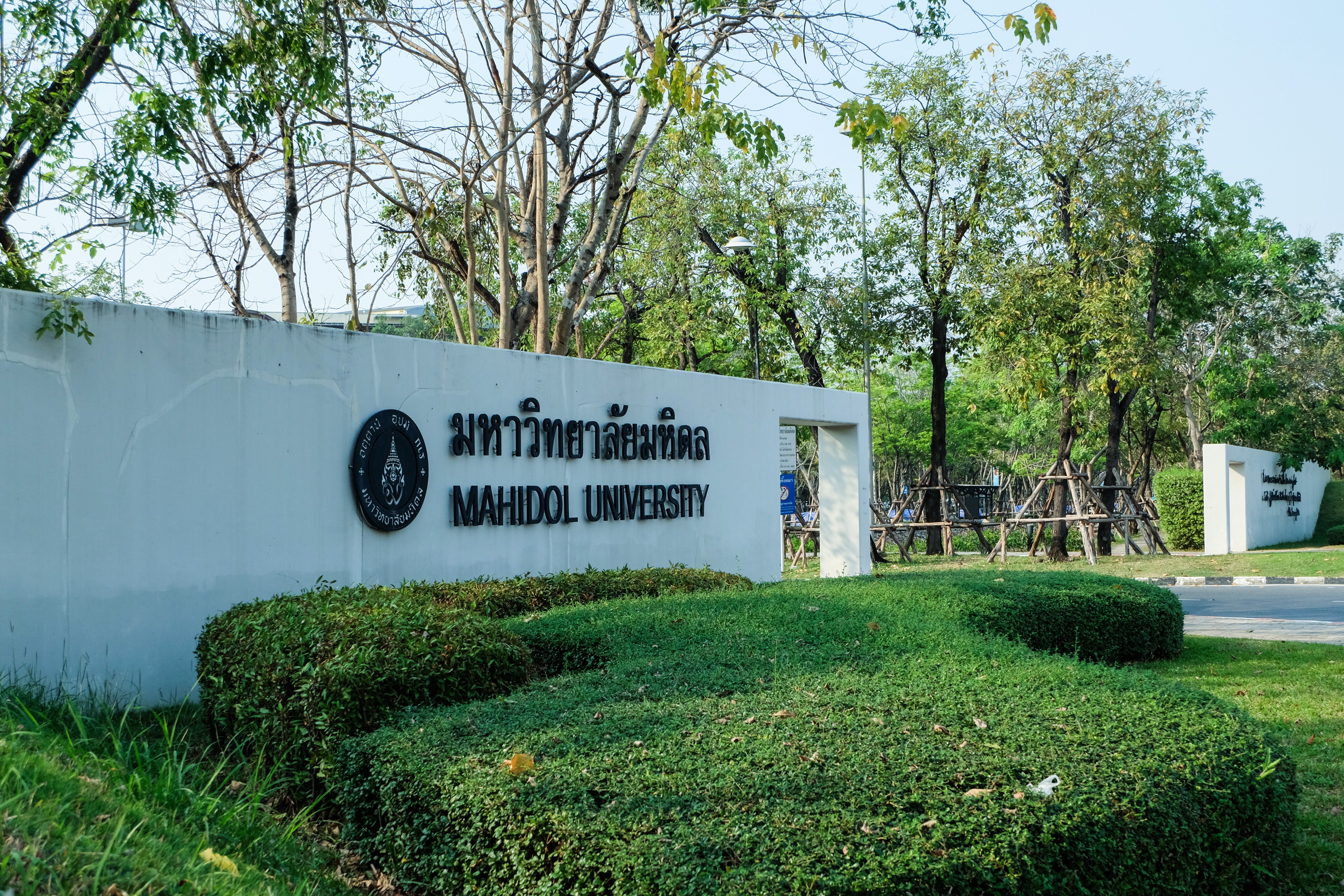
Category 1: Organization
| O1: | Data filling in the MU-ECODATA system. |
| O2: | Scheduled data submission. |
| O3: | The overall average percentage of the participant in the organization in all indicators. |
| O4: | Environmental or energy awards/standards (university/national/international levels) such as Green office, Thailand Energy Award, ISO, Green Building, MU Corner Garden Award, Carbon Footprint for Organization. |
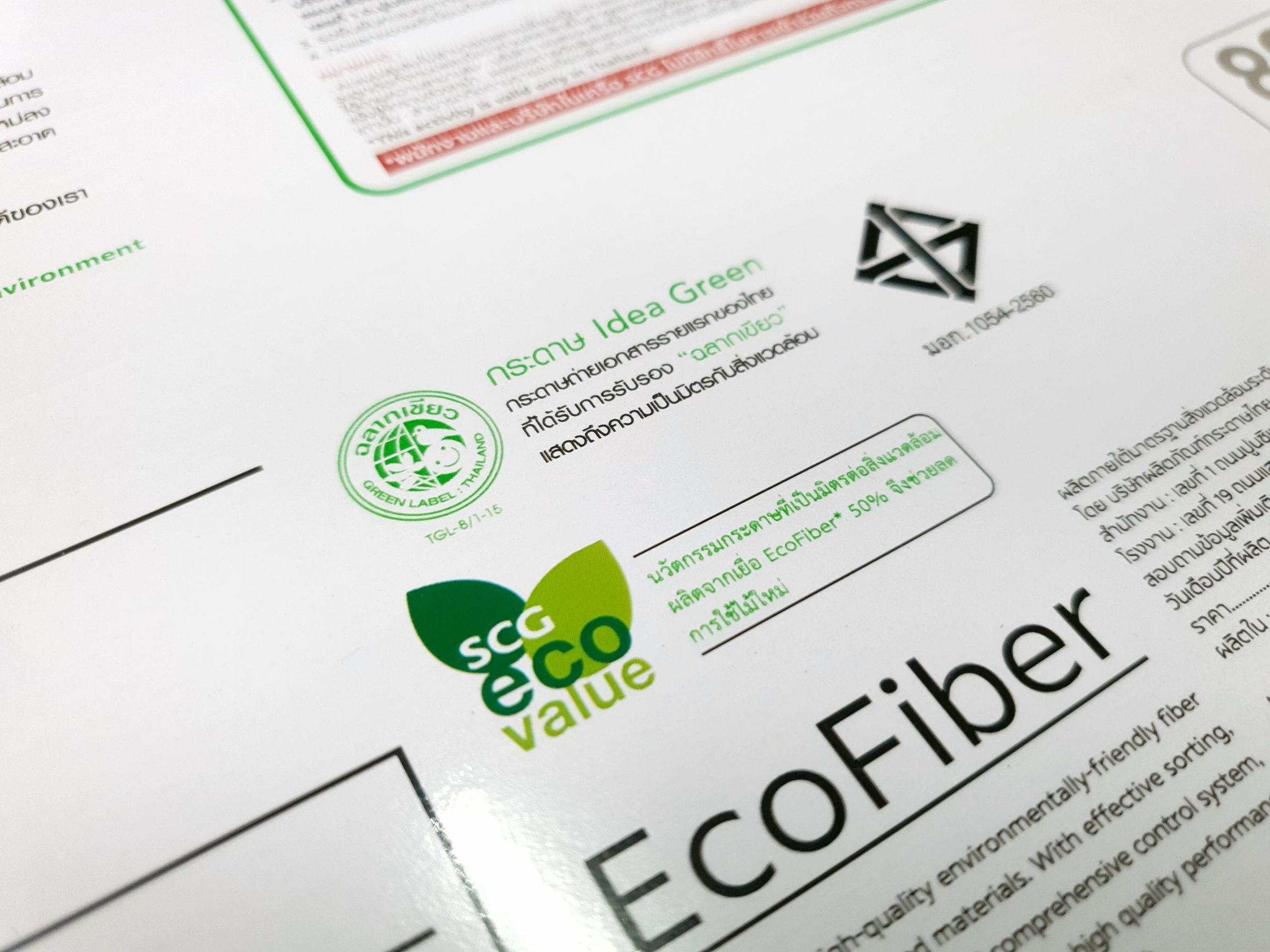
Category 2: Procurement
| P1: | There is a green procurement policy together with uploaded that policy file completely and correctly. |
| P2: | A green procurement policy in P1 is promoted. |
| P3: | The target of green procurement has been set as the ratio of green products and services budget to the total budget. |
| P4: | Achievement of the target in P3 (the ratio of green products and services budget to the total budget). |
| P5: | Percentage of green procurement to the total procurement budget. |
| P6: | There are conditions for green procurement in terms of specification or Term of Reference (TOR). |
| P7: | There is a list of procured green products and services according to the 2018 green procurement guideline of the Pollution Control Department. |
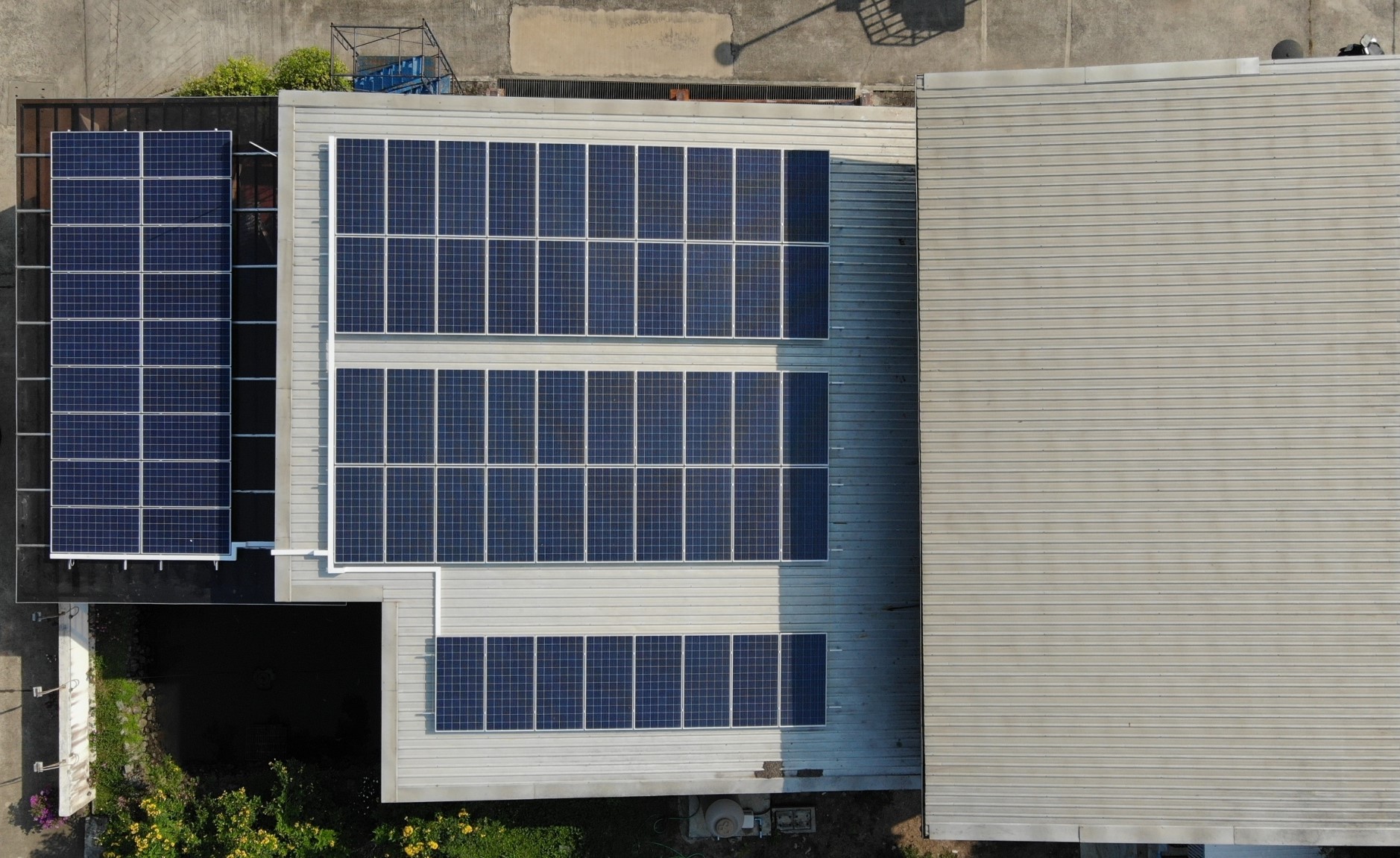
Category 3: Electricity
| E1: | There is an energy policy together with uploaded that policy file completely and correctly. |
| E2: | An energy consumption policy is promoted. |
| E3: | The target of reduced electricity consumption has been set as the ratio of reduced electricity consumption to the total previous year consumption. |
| E4: | Achievement of the target in E3 (the ratio of reduced electricity consumption to the total previous year consumption). |
| E5: | Amount of reduced electricity consumption compared to the previous year. |
| E6: | There is a renewable energy consumption in the organization. |
| E7: | Types of energy saving projects |
| E8: | There is the detail of each energy saving projects completely and correctly. |
| E9: | The average percentage of energy saving project achievement. |
| E10: | Proportion of electricity consumption per functional area. |
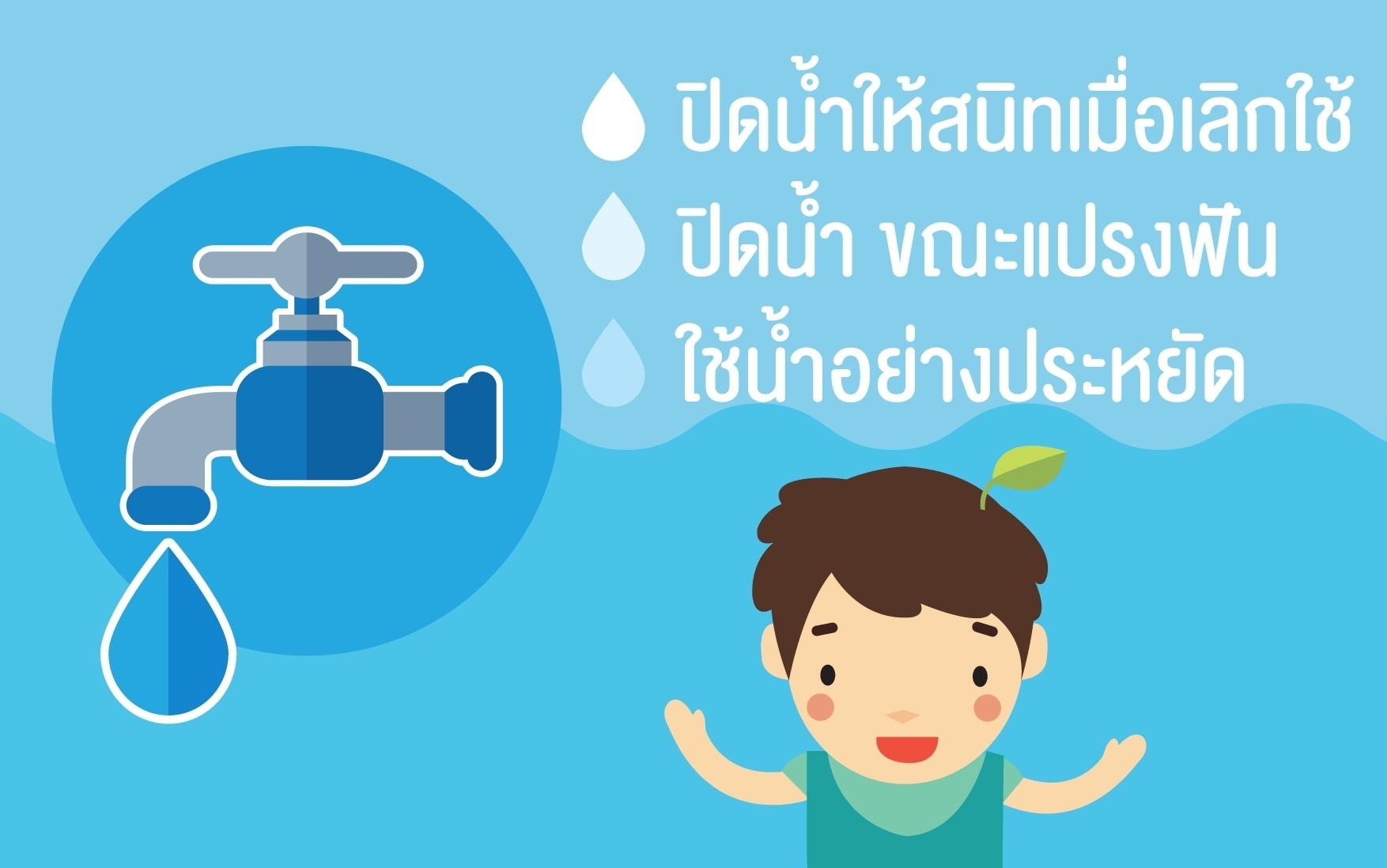
Category 4: Water
| WT1: | There is a water policy together with uploaded that policy file completely and correctly. |
| WT2: | Water resource policy is promoted. |
| WT3: | The target of reduced water consumption has been set as the ratio of reduced water consumption to the total previous year consumption. |
| WT4: | Achievement of the target in WT3 (the reduced water consumption to the total previous year consumption). |
| WT5: | Amount of reduced water consumption compared to the previous year. |
| WT6: | There is a recycled water consumption in the organization. |
| WT7: | Types of water saving projects. |
| WT8: | There is the detail of each water saving projects completely and correctly. |
| WT9: | The average percentage of water saving project achievement. |
| WT10: | Proportion of water consumption per functional area. |
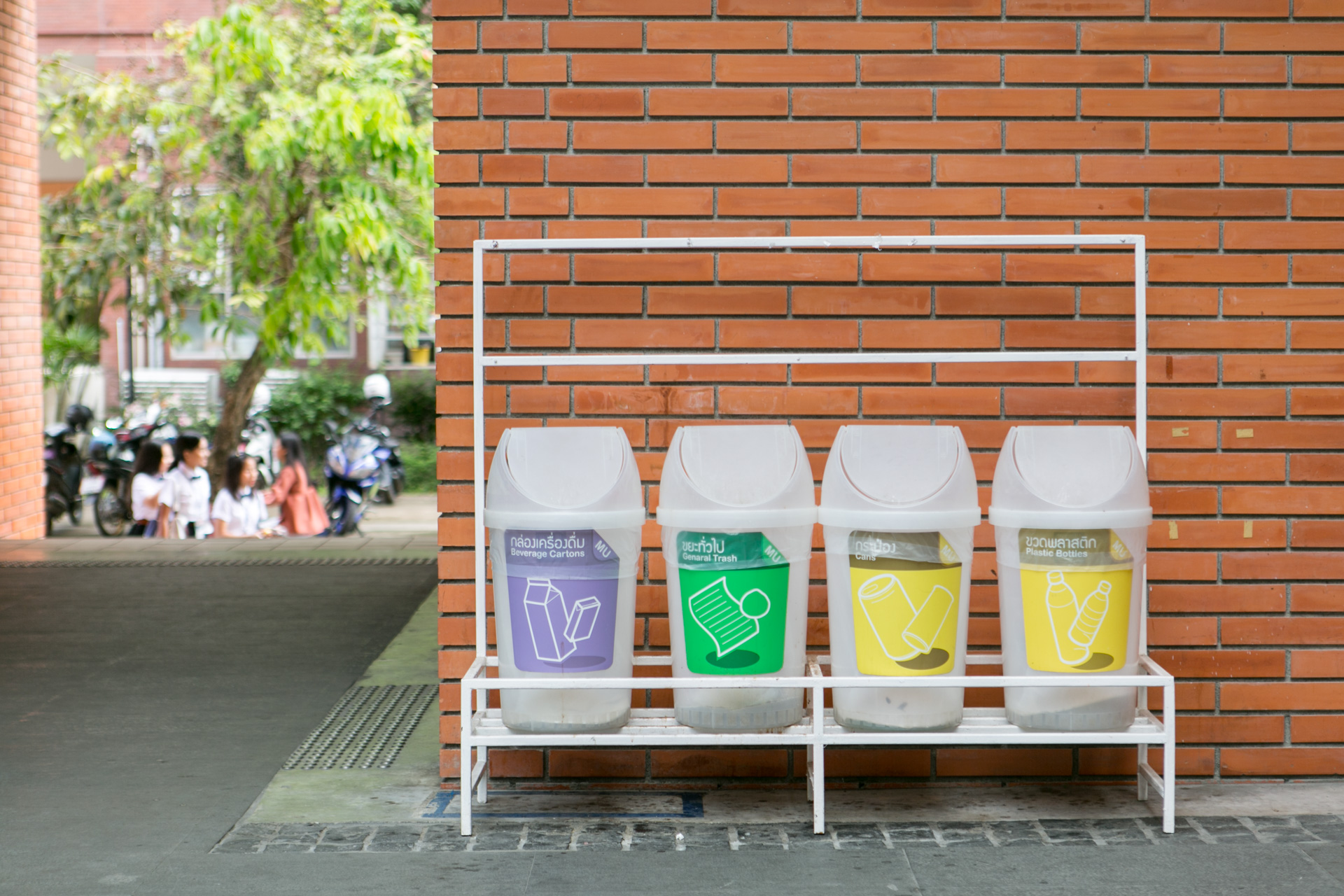
Category 5: Waste
| W1: | There is a waste management policy together with uploaded that policy file completely and correctly. |
| W2: | Waste management policy is promoted. |
| W3: | The target of recyclable waste has been set comparing to total waste. |
| W4: | Achievement of the target in W3 (recyclable waste comparing to total waste in this year). |
| W5: | Percentage of recyclable waste to total waste in this year. |
| W6: | Amount of waste reduction comparing to previous year. |
| W7: | There are 3 types of waste management project namely Reduce, Reuse, Recycle. |
| W8: | There is the detail of each water saving projects completely and correctly. |
| W9: | The average percentage of waste management projects achievement. |
.jpg)
Category 6: Building
| B1: | There is a building management policy together with uploaded that policy file completely and correctly. |
| B2: | There are a green building components in their buildings. |
| B3: | There are environmentally friendly design or renovation of buildings. |
| B4: | There are a building design or construction plan to be an energy-saving building / minimized environmental impact building / environmentally friendly building design. |
| B5: | Building management project types are classified into building management, layout and landscape in the building, air pollution management, and building innovation. |
| B6: | There is the detail of each building management project completely and correctly. |
| B7: | The average percentage of building management projects achievement. |

Category 7: Greenhouse Gases (GHGs) Management
| G1: | There is a Greenhouse gas management policy together with uploaded that policy file completely and correctly. |
| G2: | Greenhouse gas management is promoted. |
| G3: | The target of greenhouse gas reduction has been set comparing to previous year. |
| G4: | Achievement of the target in G3 comparing to the target of previous year. |
| G5: | Amount of greenhouse gas reduction comparing to previous year. |
| G6: | Data for calculating the organization's greenhouse gas emissions is completely and correctly recorded in all categories. |
| G7: | Greenhouse gas reduction project types are classified into greenhouse gas reduction, carbon stocks increasing (e.g. planting trees), and carbon credit trading. >>Excluding energy and water projects<< |
| G8: | There is the detail of each greenhouse gas management projects completely and correctly. >>Excluding energy and water projects<< |
| G9: | The average percentage of greenhouse gas management projects achievement. |
-


